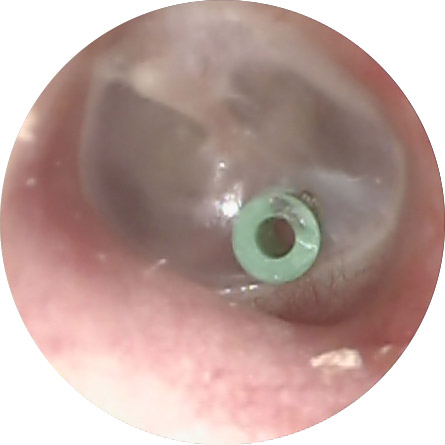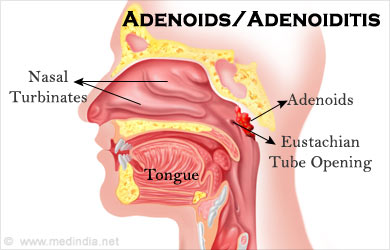My Child has Ear Pain: How To Help Your Child

Ear pain in children in Singapore is pretty common and we see many such cases at our paediatric ENT clinics in Singapore. As a parent, what can you do about ear pain or earache in your child? Ear pain in a child, especially if he or she is unwell or has a fever, should not just be dismissed as earwax. In fact, the real worry is that the ear pain in your child may be due to a severe eardrum or middle ear infection. (The above picture shows an inflamed and infected eardrum in an 8 year old child with ear pain in Singapore, who presented to our ENT clinic for children at Gleneagles Hospital.)
An eardrum infection (Acute Otitis Media) may commonly be related to having had a recent or current episode of the flu or a bad cold. Eardrum infections in Singapore are more common in children than adults. Middle ear infections usually get better with a course of antibiotics targeted at bacteria which are commonly found in the ears, nose and throat (ENT) system. Painkillers are also often prescribed because ear infections can be extremely painful.
Sometimes though, middle ear or eardrum infections (Acute Otitis Media) in children may worsen in spite of the oral antibiotics prescribed. Children with nasty eardrum infections may need to be admitted to hospital in Singapore to receive intravenous antibiotics through a special “drip”. The concern is that some middle ear infections in Singapore may progress on to become mastoiditis (infection of the mastoid bone behind the ear), which is much more serious as it may turn into a collection of pus (abscess). The risk of complications affecting the brain, which just sits above the ear and is separated from the ear by a thin layer of bone, increases with untreated middle ear infections. These children can be rather ill so eardrum infections should be treated promptly and imaging in the form of an MRI scan or CT scan may be necessary.
Some children with severe eardrum infections may need the infected fluid or pus trapped behind their eardrum drained in a short and safe procedure under general anaesthesia, with a tiny ventilation tube (grommet) (see below) inserted into the eardrum to keep the drainage route open and prevent it from closing too early. This ventilation tube is temporary and is naturally extruded or pushed out by the eardrum after 6-9 months, by which time the eardrum problems have often settled for good.
https://www.drannabelle.com/ear-hearing-ent-specialist.html#ear-blockage

Recurrent acute otitis media or eardrum infections may be associated with the presence of an enlarged pad of adenoid tissue, which grows behind the nose and may block the natural openings of the Eustachian pressure tubes. The Eustachian tubes join the back of the nose to the space behind the eardrum (middle ear).

Eustachian pressure tube
This is why in some cases of recurrent ear infections or recurrent acute otitis media in Singapore, removal of the enlarged adenoid tissue may be required in addition to the insertion of ventilation tubes into the eardrums.

To find out more about eardrum infections and the adenoids, please click on the link below.
https://www.drannabelle.com/childrens-ent-doctor-ear-nose-throat-problems.html
Share this blog via:


